应用需要对应用文件目录下的应用文件进行查看、创建、读写、删除、移动、复制、获取属性等访问操作,下文介绍具体方法。
接口说明
开发者通过基础文件操作接口( ohos.file.fs )实现应用文件访问能力,主要功能如下表所示。
表1 基础文件操作接口功能
| 接口名 | 功能 | 接口类型 | 支持同步 | 支持异步 |
|---|---|---|---|---|
| access | 检查文件是否存在 | 方法 | √ | √ |
| close | 关闭文件 | 方法 | √ | √ |
| copyFile | 复制文件 | 方法 | √ | √ |
| createStream | 基于文件路径打开文件流 | 方法 | √ | √ |
| listFile | 列出文件夹下所有文件名 | 方法 | √ | √ |
| mkdir | 创建目录 | 方法 | √ | √ |
| moveFile | 移动文件 | 方法 | √ | √ |
| open | 打开文件 | 方法 | √ | √ |
| read | 从文件读取数据 | 方法 | √ | √ |
| rename | 重命名文件或文件夹 | 方法 | √ | √ |
| rmdir | 删除整个目录 | 方法 | √ | √ |
| stat | 获取文件详细属性信息 | 方法 | √ | √ |
| unlink | 删除单个文件 | 方法 | √ | √ |
| write | 将数据写入文件 | 方法 | √ | √ |
| Stream.close | 关闭文件流 | 方法 | √ | √ |
| Stream.flush | 刷新文件流 | 方法 | √ | √ |
| Stream.write | 将数据写入流文件 | 方法 | √ | √ |
| Stream.read | 从流文件读取数据 | 方法 | √ | √ |
| File.fd | 获取文件描述符 | 属性 | - | - |
| OpenMode | 设置文件打开标签 | 属性 | - | - |
| Filter | 设置文件过滤配置项 | 类型 | - | - |
开发示例
在对应用文件开始访问前,开发者需要 获取应用文件路径 。以从UIAbilityContext获取HAP级别的文件路径为例进行说明,UIAbilityContext的获取方式请参见 获取UIAbility的上下文信息。
下面介绍几种常用操作示例。
新建并读写一个文件
以下示例代码演示了如何新建一个文件并对其读写。
// pages/xxx.ets
import { fileIo as fs, ReadOptions } from '@kit.CoreFileKit';
import { common } from '@kit.AbilityKit';
import { buffer } from '@kit.ArkTS';
// 获取应用文件路径
let context = getContext(this) as common.UIAbilityContext;
let filesDir = context.filesDir;
function createFile(): void {
// 新建并打开文件
let file = fs.openSync(filesDir + '/test.txt', fs.OpenMode.READ_WRITE | fs.OpenMode.CREATE);
// 写入一段内容至文件
let writeLen = fs.writeSync(file.fd, "Try to write str.");
console.info("The length of str is: " + writeLen);
// 从文件读取一段内容
let arrayBuffer = new ArrayBuffer(1024);
let readOptions: ReadOptions = {
offset: 0,
length: arrayBuffer.byteLength
};
let readLen = fs.readSync(file.fd, arrayBuffer, readOptions);
let buf = buffer.from(arrayBuffer, 0, readLen);
console.info("the content of file: " + buf.toString());
// 关闭文件
fs.closeSync(file);
}
- 1
- 2
- 3
- 4
- 5
- 6
- 7
- 8
- 9
- 10
- 11
- 12
- 13
- 14
- 15
- 16
- 17
- 18
- 19
- 20
- 21
- 22
- 23
- 24
- 25
- 26
- 27
读取文件内容并写入到另一个文件
以下示例代码演示了如何从一个文件读写内容到另一个文件。
// pages/xxx.ets
import { fileIo as fs, ReadOptions, WriteOptions } from '@kit.CoreFileKit';
import { common } from '@kit.AbilityKit';
// 获取应用文件路径
let context = getContext(this) as common.UIAbilityContext;
let filesDir = context.filesDir;
function readWriteFile(): void {
// 打开文件
let srcFile = fs.openSync(filesDir + '/test.txt', fs.OpenMode.READ_WRITE | fs.OpenMode.CREATE);
let destFile = fs.openSync(filesDir + '/destFile.txt', fs.OpenMode.READ_WRITE | fs.OpenMode.CREATE);
// 读取源文件内容并写入至目的文件
let bufSize = 4096;
let readSize = 0;
let buf = new ArrayBuffer(bufSize);
let readOptions: ReadOptions = {
offset: readSize,
length: bufSize
};
let readLen = fs.readSync(srcFile.fd, buf, readOptions);
while (readLen > 0) {
readSize += readLen;
let writeOptions: WriteOptions = {
length: readLen
};
fs.writeSync(destFile.fd, buf, writeOptions);
readOptions.offset = readSize;
readLen = fs.readSync(srcFile.fd, buf, readOptions);
}
// 关闭文件
fs.closeSync(srcFile);
fs.closeSync(destFile);
}
- 1
- 2
- 3
- 4
- 5
- 6
- 7
- 8
- 9
- 10
- 11
- 12
- 13
- 14
- 15
- 16
- 17
- 18
- 19
- 20
- 21
- 22
- 23
- 24
- 25
- 26
- 27
- 28
- 29
- 30
- 31
- 32
- 33
- 34
说明:
使用读写接口时,需注意可选项参数offset的设置。对于已存在且读写过的文件,文件偏移指针默认在上次读写操作的终止位置。
以流的形式读写文件
以下示例代码演示了如何使用流接口进行文件读写:
// pages/xxx.ets
import { fileIo as fs, ReadOptions } from '@kit.CoreFileKit';
import { common } from '@kit.AbilityKit';
// 获取应用文件路径
let context = getContext(this) as common.UIAbilityContext;
let filesDir = context.filesDir;
async function readWriteFileWithStream(): Promise {
// 打开文件流
let inputStream = fs.createStreamSync(filesDir + '/test.txt', 'r+');
let outputStream = fs.createStreamSync(filesDir + '/destFile.txt', "w+");
// 以流的形式读取源文件内容并写入目的文件
let bufSize = 4096;
let readSize = 0;
let buf = new ArrayBuffer(bufSize);
let readOptions: ReadOptions = {
offset: readSize,
length: bufSize
};
let readLen = await inputStream.read(buf, readOptions);
readSize += readLen;
while (readLen > 0) {
const writeBuf = readLen < bufSize ? buf.slice(0, readLen) : buf;
await outputStream.write(writeBuf);
readOptions.offset = readSize;
readLen = await inputStream.read(buf, readOptions);
readSize += readLen;
}
// 关闭文件流
inputStream.closeSync();
outputStream.closeSync();
}
- 1
- 2
- 3
- 4
- 5
- 6
- 7
- 8
- 9
- 10
- 11
- 12
- 13
- 14
- 15
- 16
- 17
- 18
- 19
- 20
- 21
- 22
- 23
- 24
- 25
- 26
- 27
- 28
- 29
- 30
- 31
- 32
- 33
说明:
使用流接口时,需注意流的及时关闭。同时流的异步接口应严格遵循异步接口使用规范,避免同步、异步接口混用。流接口不支持并发读写。
查看文件列表
以下示例代码演示了如何查看文件列表:
import { fileIo as fs, Filter, ListFileOptions } from '@kit.CoreFileKit';
import { common } from '@kit.AbilityKit';
// 获取应用文件路径
let context = getContext(this) as common.UIAbilityContext;
let filesDir = context.filesDir;
// 查看文件列表
function getListFile(): void {
let listFileOption: ListFileOptions = {
recursion: false,
listNum: 0,
filter: {
suffix: [".png", ".jpg", ".txt"],
displayName: ["test*"],
fileSizeOver: 0,
lastModifiedAfter: new Date(0).getTime()
}
};
let files = fs.listFileSync(filesDir, listFileOption);
for (let i = 0; i < files.length; i++) {
console.info(`The name of file: ${files[i]}`);
}
}
- 1
- 2
- 3
- 4
- 5
- 6
- 7
- 8
- 9
- 10
- 11
- 12
- 13
- 14
- 15
- 16
- 17
- 18
- 19
- 20
- 21
- 22
- 23
- 24
使用文件流
以下实例代码演示了如何使用文件可读流,文件可写流
// pages/xxx.ets
import { fileIo as fs } from '@kit.CoreFileKit';
import { common } from '@kit.AbilityKit';
// 获取应用文件路径
let context = getContext(this) as common.UIAbilityContext;
let filesDir = context.filesDir;
function copyFileWithReadable(): void {
// 创建文件可读流
const rs = fs.createReadStream(`${filesDir}/read.txt`);
// 创建文件可写流
const ws = fs.createWriteStream(`${filesDir}/write.txt`);
// 暂停模式拷贝文件
rs.on('readable', () => {
const data = rs.read();
if (!data) {
return;
}
ws.write(data);
});
}
function copyFileWithData(): void {
// 创建文件可读流
const rs = fs.createReadStream(`${filesDir}/read.txt`);
// 创建文件可写流
const ws = fs.createWriteStream(`${filesDir}/write.txt`);
// 流动模式拷贝文件
rs.on('data', (emitData) => {
const data = emitData?.data;
if (!data) {
return;
}
ws.write(data as Uint8Array);
});
}
- 1
- 2
- 3
- 4
- 5
- 6
- 7
- 8
- 9
- 10
- 11
- 12
- 13
- 14
- 15
- 16
- 17
- 18
- 19
- 20
- 21
- 22
- 23
- 24
- 25
- 26
- 27
- 28
- 29
- 30
- 31
- 32
- 33
- 34
- 35
- 36
- 37
以下代码演示了如何使用文件哈希流
// pages/xxx.ets
import { fileIo as fs } from '@kit.CoreFileKit';
import { hash } from '@kit.CoreFileKit';
import { common } from '@kit.AbilityKit';
// 获取应用文件路径
let context = getContext(this) as common.UIAbilityContext;
let filesDir = context.filesDir;
function hashFileWithStream() {
const filePath = `${filesDir}/test.txt`;
// 创建文件可读流
const rs = fs.createReadStream(filePath);
// 创建哈希流
const hs = hash.createHash('sha256');
rs.on('data', (emitData) => {
const data = emitData?.data;
hs.update(new Uint8Array(data?.split('').map((x: string) => x.charCodeAt(0))).buffer);
});
rs.on('close', async () => {
const hashResult = hs.digest();
const fileHash = await hash.hash(filePath, 'sha256');
console.info(`hashResult: ${hashResult}, fileHash: ${fileHash}`);
});
}
- 1
- 2
- 3
- 4
- 5
- 6
- 7
- 8
- 9
- 10
- 11
- 12
- 13
- 14
- 15
- 16
- 17
- 18
- 19
- 20
- 21
- 22
- 23
- 24
- 25
鸿蒙全栈开发全新学习指南
有很多小伙伴不知道学习哪些鸿蒙开发技术?不知道需要重点掌握哪些鸿蒙应用开发知识点?而且学习时频繁踩坑,最终浪费大量时间。所以要有一份实用的鸿蒙(HarmonyOS NEXT)学习路线与学习文档用来跟着学习是非常有必要的。
针对一些列因素,整理了一套纯血版鸿蒙(HarmonyOS Next)全栈开发技术的学习路线,包含了鸿蒙开发必掌握的核心知识要点,内容有(ArkTS、ArkUI开发组件、Stage模型、多端部署、分布式应用开发、WebGL、元服务、OpenHarmony多媒体技术、Napi组件、OpenHarmony内核、OpenHarmony驱动开发、系统定制移植等等)鸿蒙(HarmonyOS NEXT)技术知识点。
本路线共分为四个阶段:
第一阶段:鸿蒙初中级开发必备技能
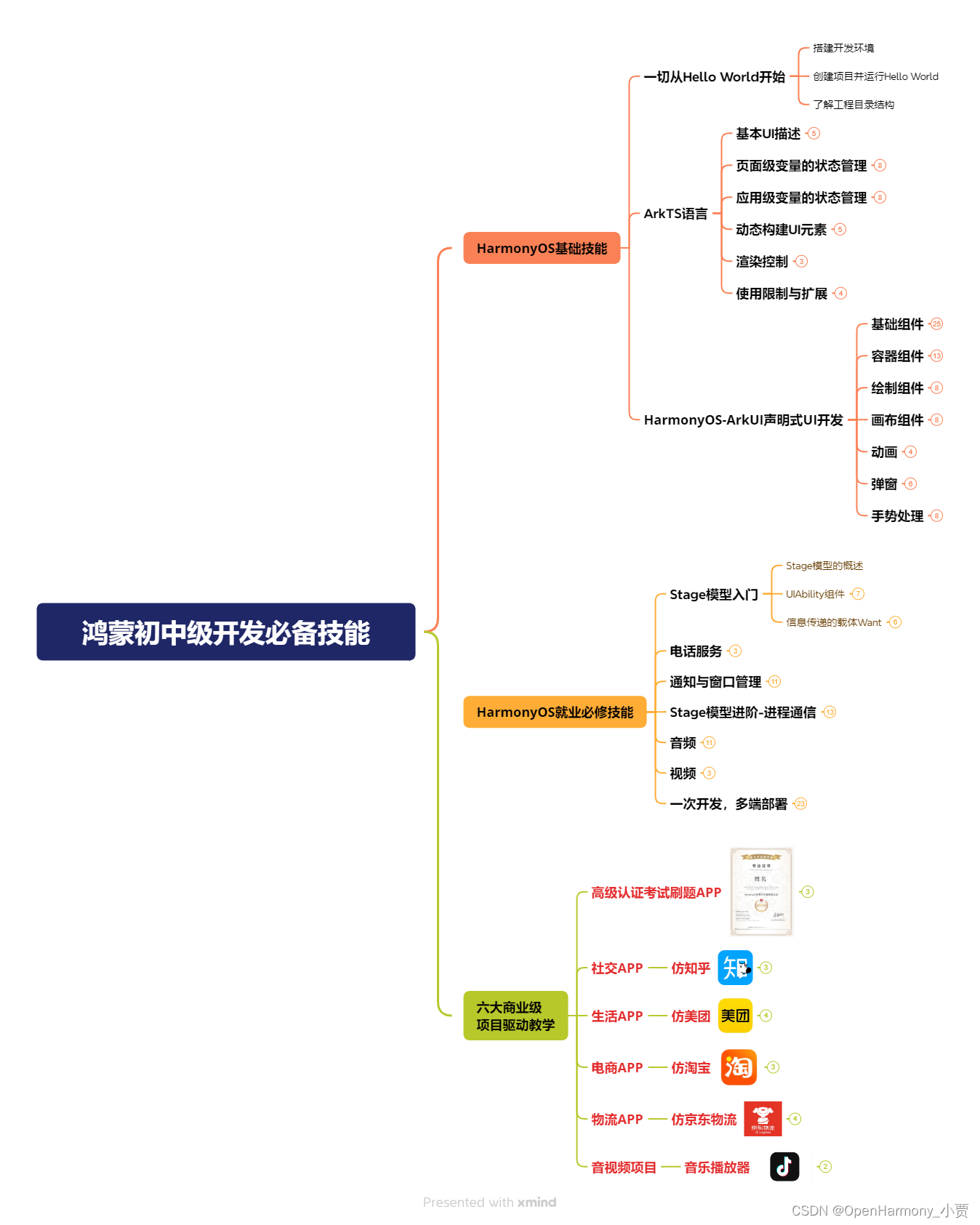
第二阶段:鸿蒙南北双向高工技能基础:gitee.com/MNxiaona/733GH
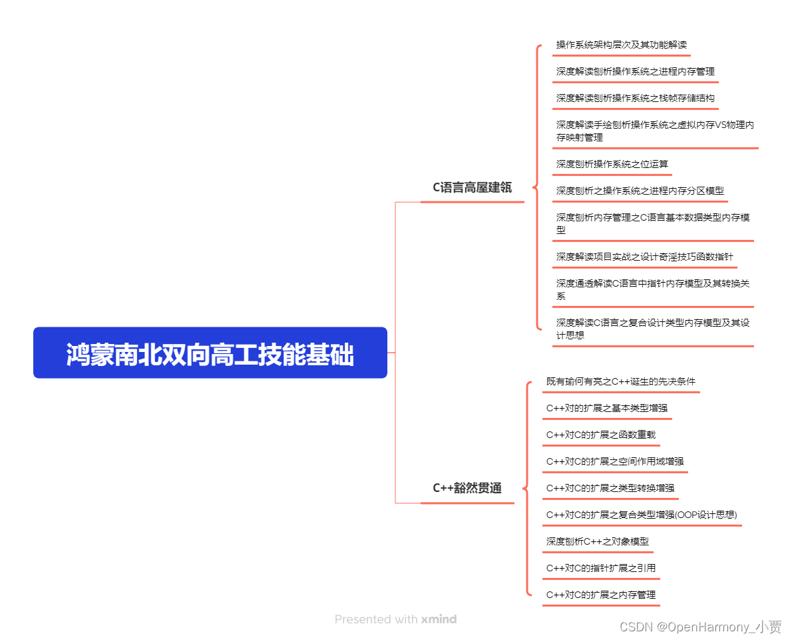
第三阶段:应用开发中高级就业技术
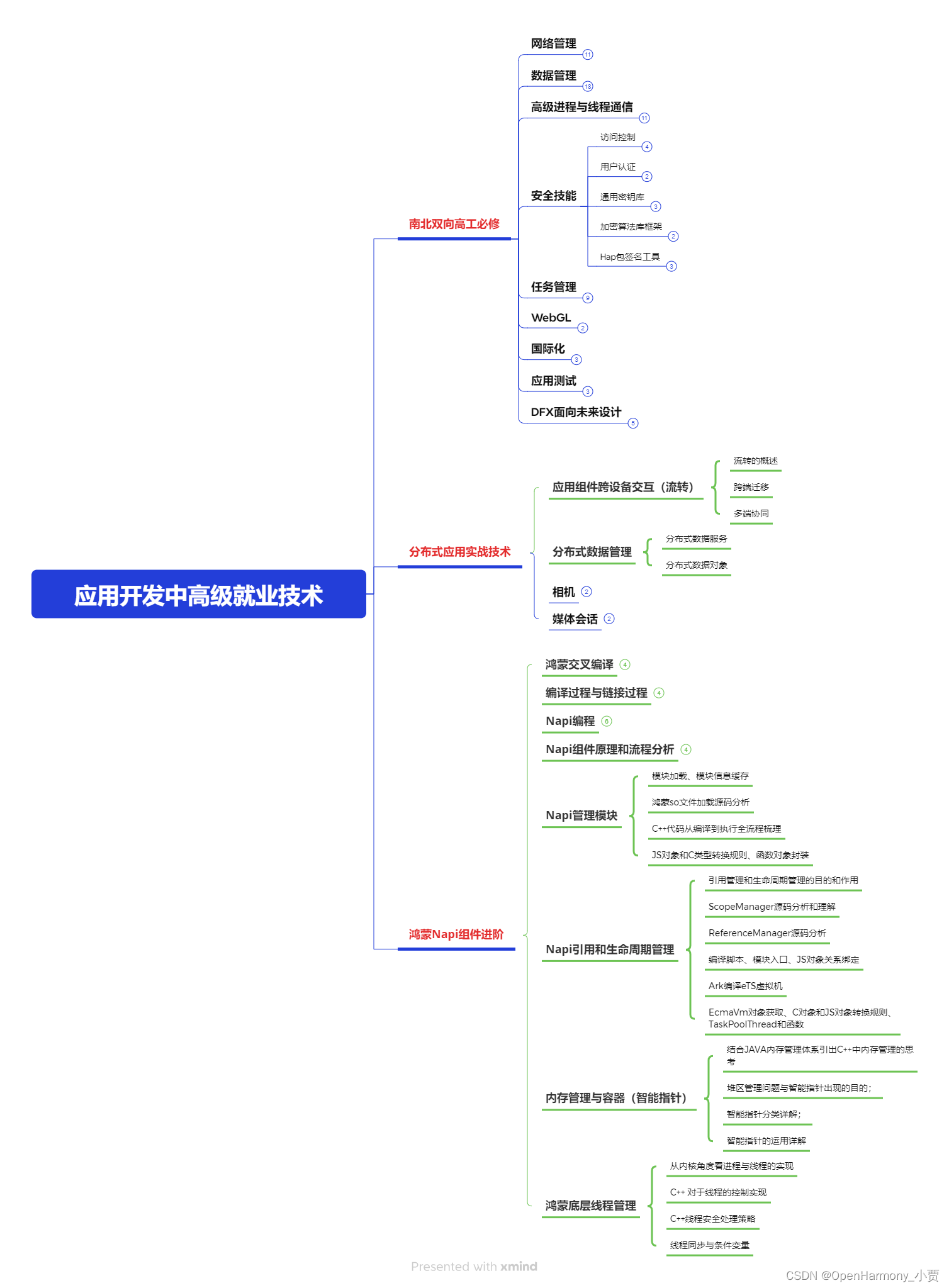
第四阶段:全网首发-工业级南向设备开发就业技术:gitee.com/MNxiaona/733GH

《鸿蒙 (Harmony OS)开发学习手册》(共计892页)
如何快速入门?
1.基本概念
2.构建第一个ArkTS应用
3.……
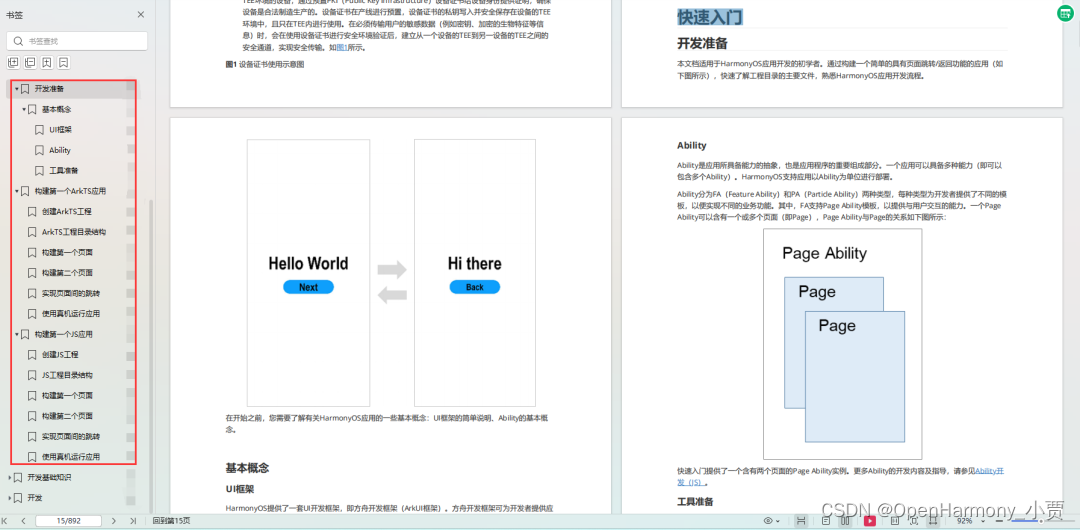
开发基础知识:gitee.com/MNxiaona/733GH
1.应用基础知识
2.配置文件
3.应用数据管理
4.应用安全管理
5.应用隐私保护
6.三方应用调用管控机制
7.资源分类与访问
8.学习ArkTS语言
9.……
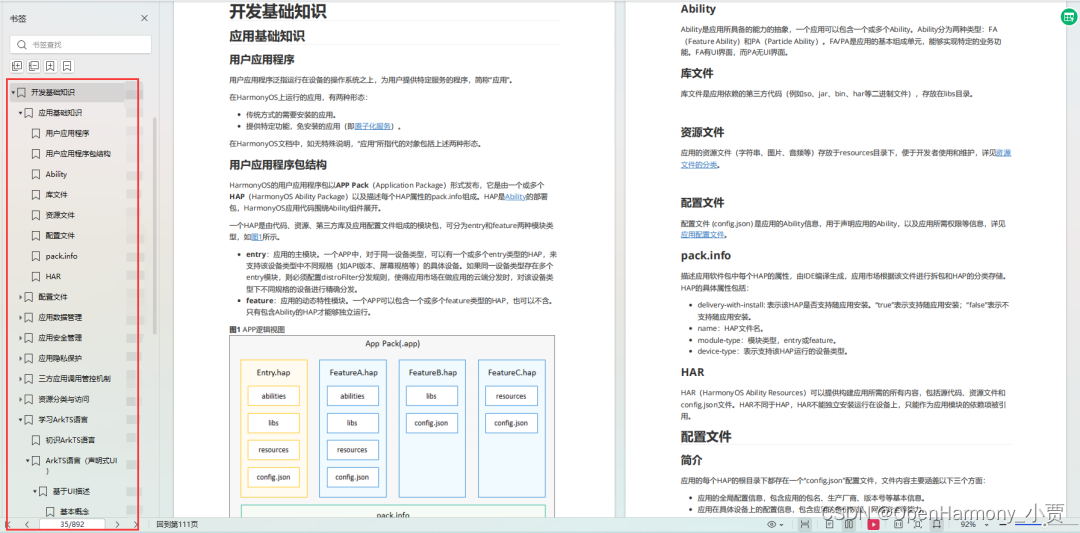
基于ArkTS 开发
1.Ability开发
2.UI开发
3.公共事件与通知
4.窗口管理
5.媒体
6.安全
7.网络与链接
8.电话服务
9.数据管理
10.后台任务(Background Task)管理
11.设备管理
12.设备使用信息统计
13.DFX
14.国际化开发
15.折叠屏系列
16.……
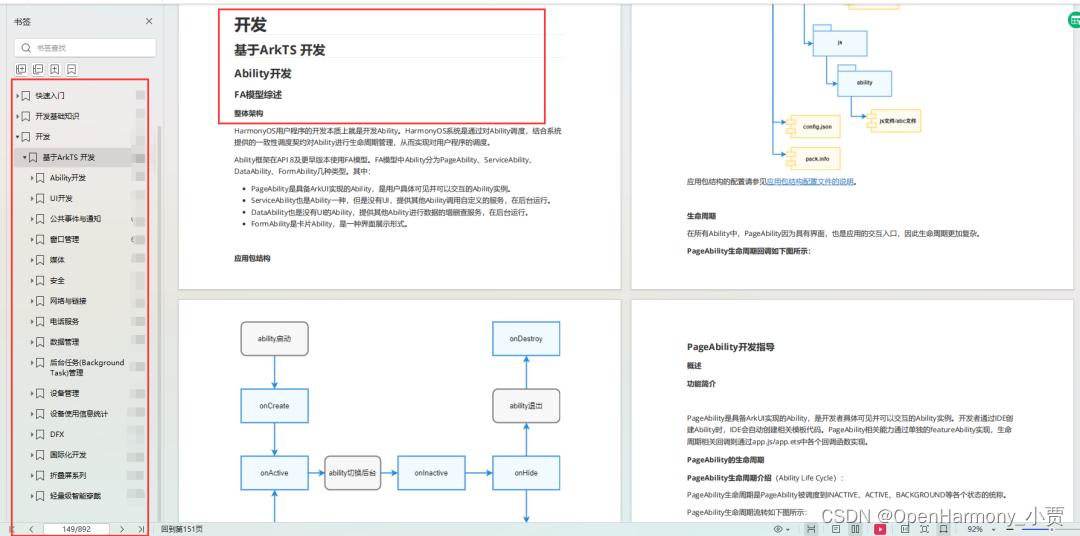
鸿蒙开发面试真题(含参考答案):gitee.com/MNxiaona/733GH
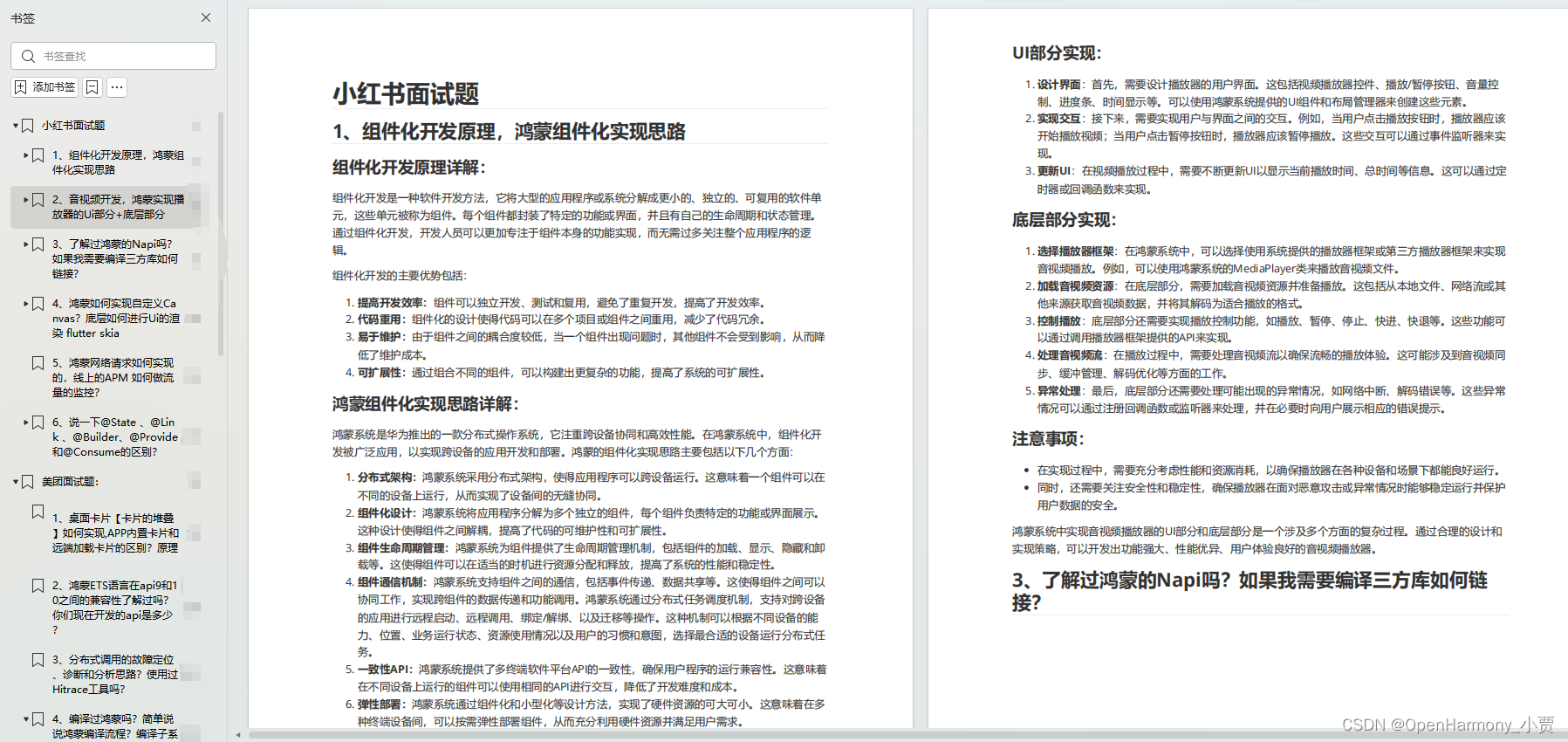
鸿蒙入门教学视频:

美团APP实战开发教学:gitee.com/MNxiaona/733GH

写在最后
- 如果你觉得这篇内容对你还蛮有帮助,我想邀请你帮我三个小忙:
- 点赞,转发,有你们的 『点赞和评论』,才是我创造的动力。
- 关注小编,同时可以期待后续文章ing?,不定期分享原创知识。
- 想要获取更多完整鸿蒙最新学习资源,请移步前往小编:
gitee.com/MNxiaona/733GH


 微信名片
微信名片



评论记录:
回复评论: